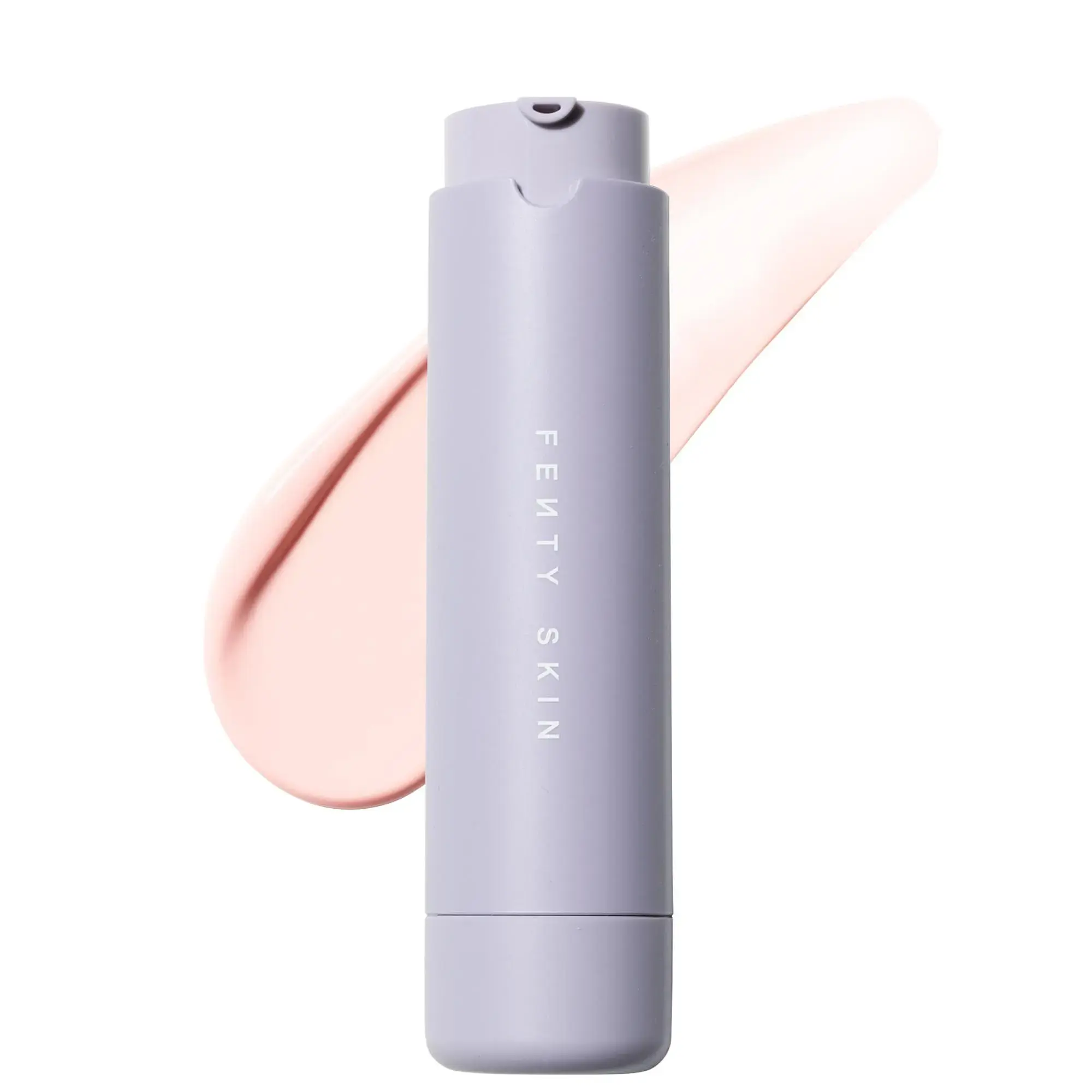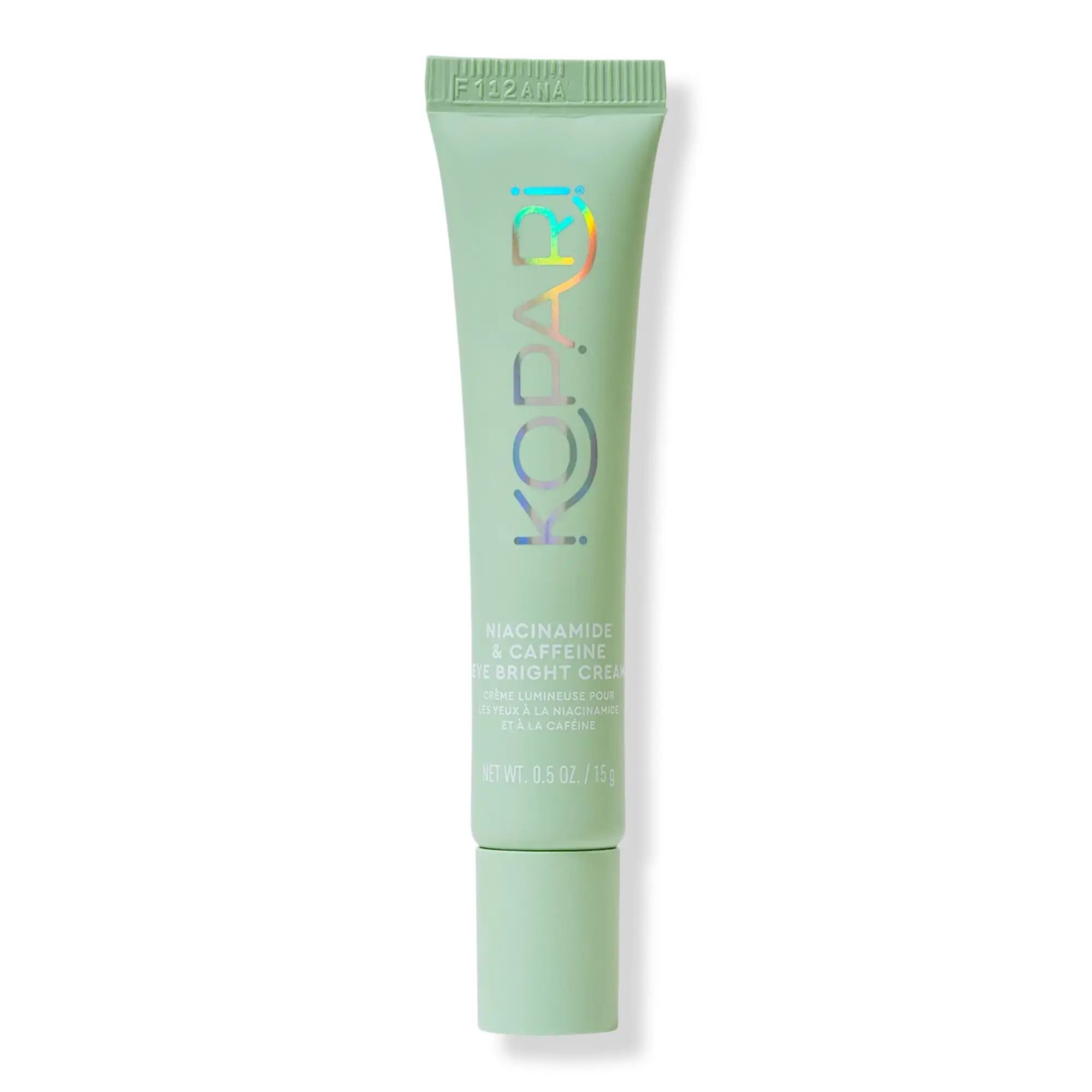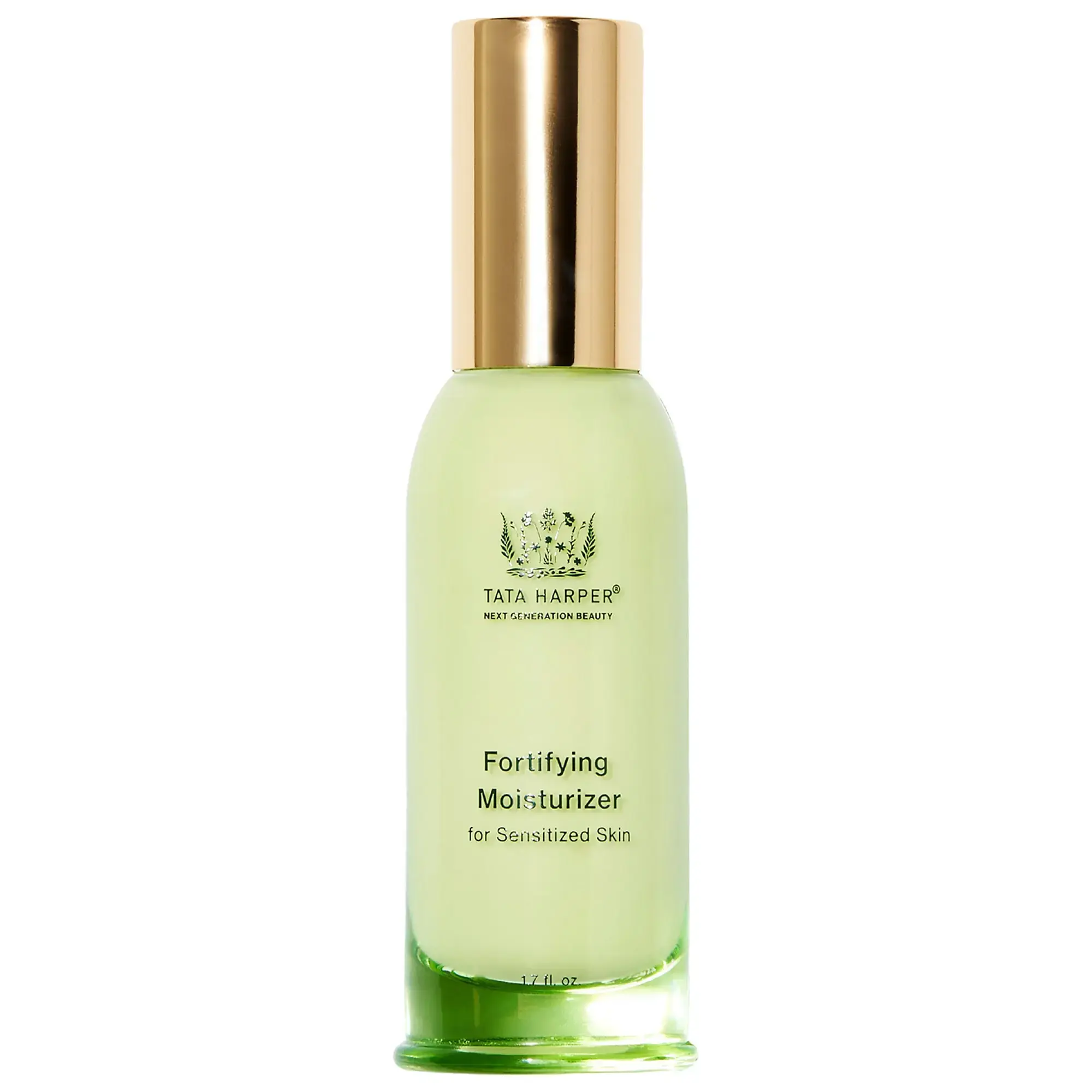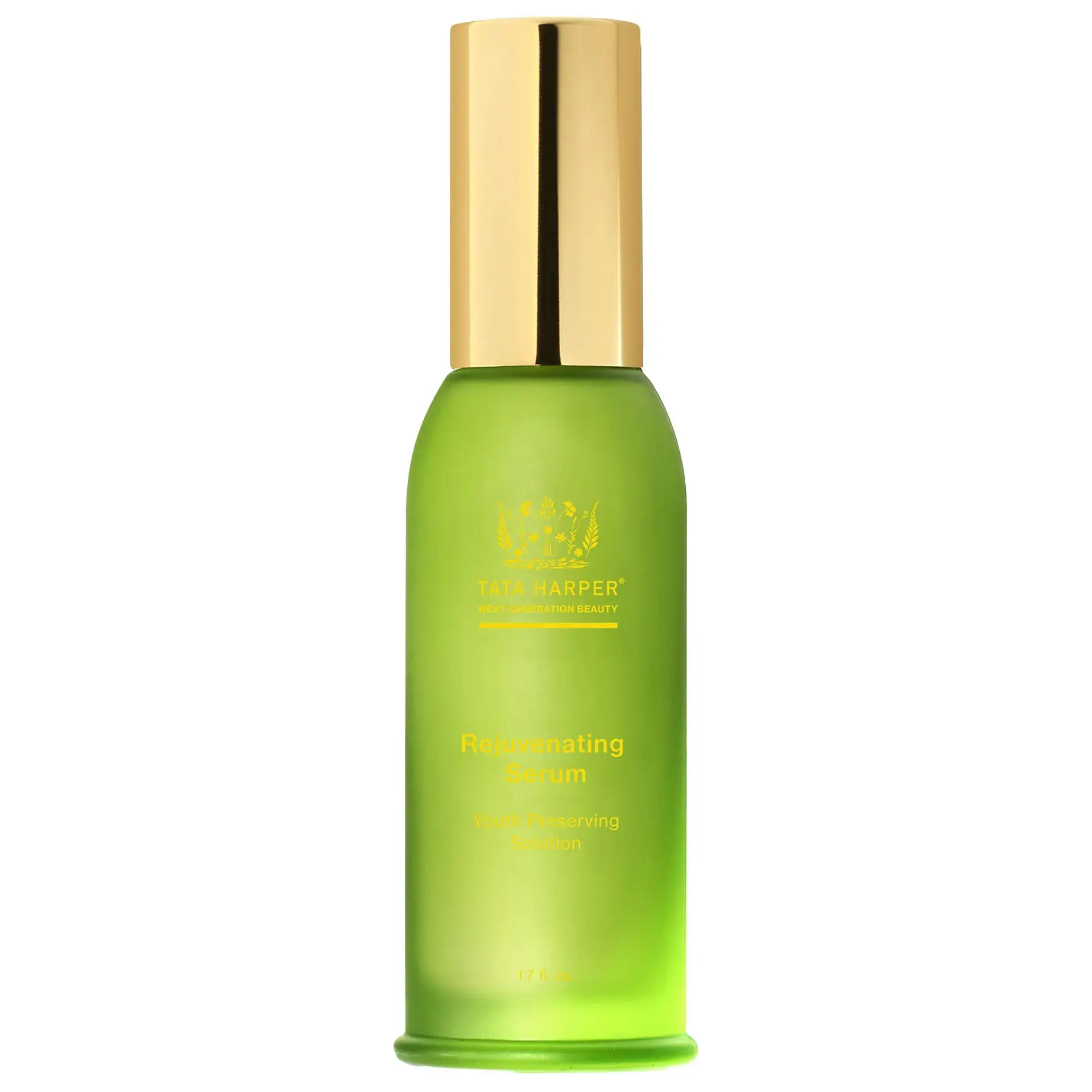Products Scan Our science '%20fill='black'/%3e%3c/svg%3e)
Skincare 
Bath & Body 
Make up 
Trending 
Skincare
Moisturizers
Treatments
Cleansers
Eye Care
Bath & Body
Make up

Oleosomes are microscopic droplets of oil, surrounded by a membrane that consists of proteins and phospholipids. They are naturally found in oily seeds and nuts and they can be extracted intact with careful water extraction.
Carthamus Tinctorius (Safflower) Oleosomes are tiny, naturally occurring spheres found within Safflower seeds. They consist of an oil core, encapsulated by phospholipids and proteins, serving as a storage system for the plant's energy reserves.
Historically, Safflower has been utilized for its health benefits in ancient Egyptian, Greek, and Chinese cultures. The ancients recognized the versatility of this plant and utilized it in diverse ways.
In ancient Egypt, Safflower was highly valued for its healing properties and was frequently used in medical practices. It was found in the tomb of the pharaoh Tutankhamun, likely used for medicinal purposes or potentially as a cosmetic aid. Additionally, safflower flowers were used to make dyes for textiles.
In ancient Greece, Safflower was referred to as "Carthamus", derived from the Greek words "kárthamon" meaning "to excel, to cleanse". It was used to treat wounds and sores, utilized for its anti-inflammatory and healing properties.
In ancient China, Safflower was a popular component of traditional medicine. Known as Hong Hua, it was commonly used to invigorate the blood, soothe the nerves, and reduce pain.
While today's use of Safflower Oleosomes in skincare represents a more recent development, it's clear that the Safflower plant's health and wellness benefits have been acknowledged and utilized for centuries.
Safflower Oleosomes providing several key benefits:
Moisturizing (Occlusive): As an excellent occlusive moisturizer, Safflower Oleosomes seal in moisture and prevent water loss, leading to plumper and more hydrated skin.
Emollient: Acting as an effective emollient, they improve skin texture, resulting in softer and smoother skin.
Antioxidant: Packed with Vitamin E, Safflower Oleosomes provide antioxidant benefits, protecting the skin from harmful free radicals and environmental stressors.
Potential Antimicrobial: Recent research has demonstrated the antimicrobial capabilities of Safflower Oleosomes against several skin pathogens, making this ingredient a potential natural therapeutic for the management of skin injuries and prevention of skin infections.
Potential Enhanced Skin Barrier: By strengthening the skin's lipid barrier, Safflower Oleosomes may protect against damage from environmental factors like UV rays and pollution.
In addition to their role as a moisturizer, antioxidant and emollient Safflower Oleosomes are also effective in stabilizing emulsions.
As emulsion stabilizers, Safflower Oleosomes ensure the even distribution of ingredients in your skincare products, creating a very stable emulsion of oil in water.
Safflower Oleosomes are generally considered safe for most skin types, including sensitive skin.
In line with sustainable skincare, it's worth noting that Safflower Oleosomes are derived from renewable plant sources and extracted through an environmentally friendly process




